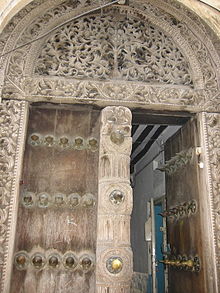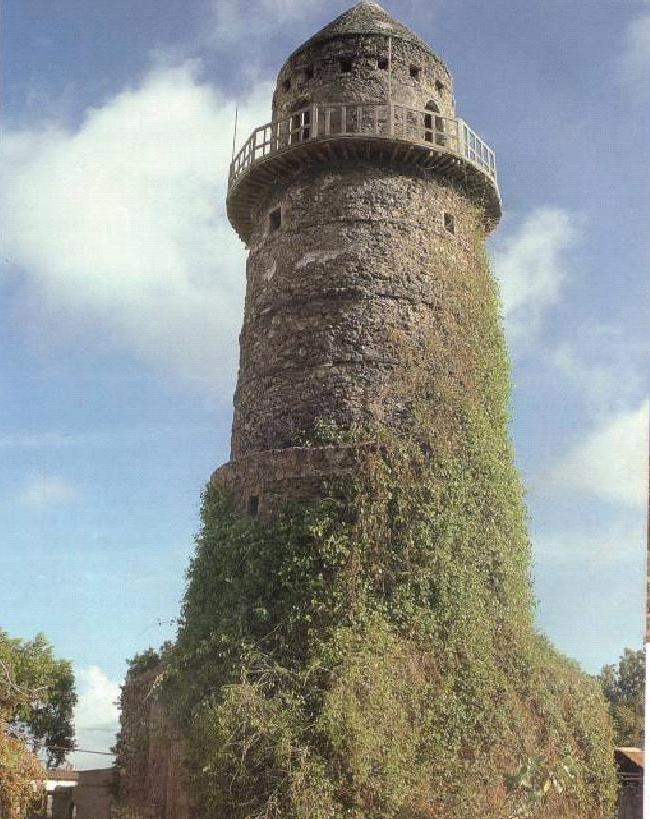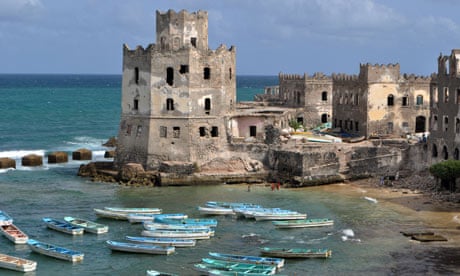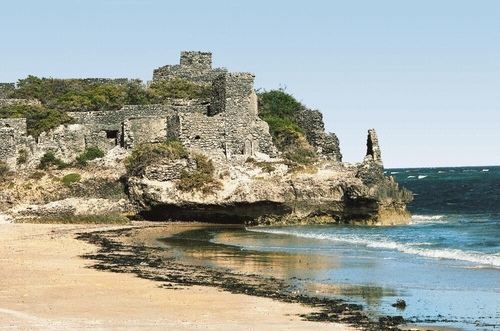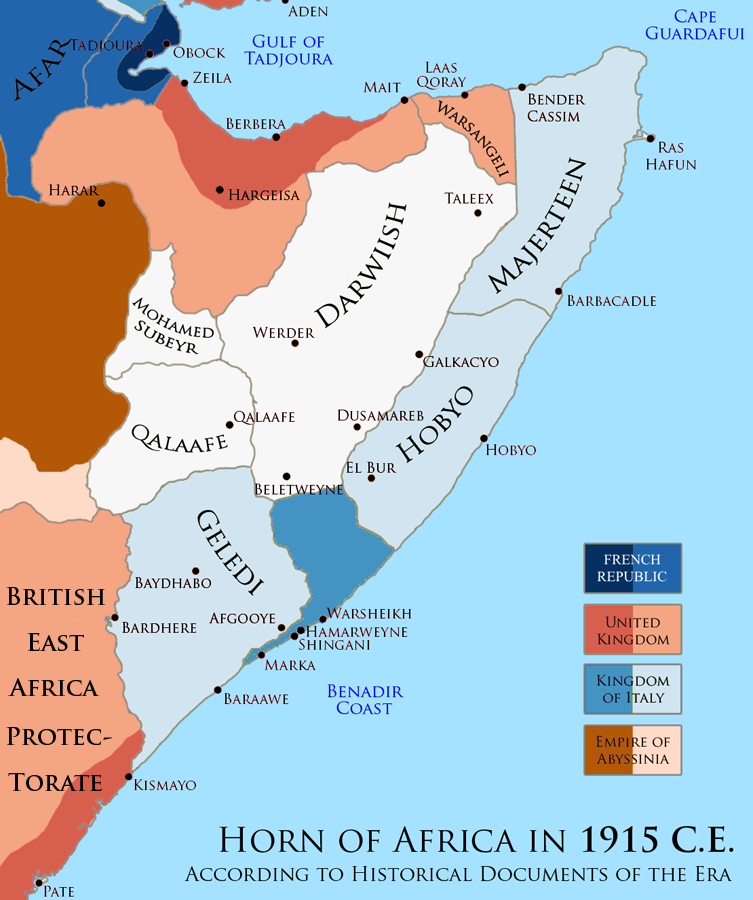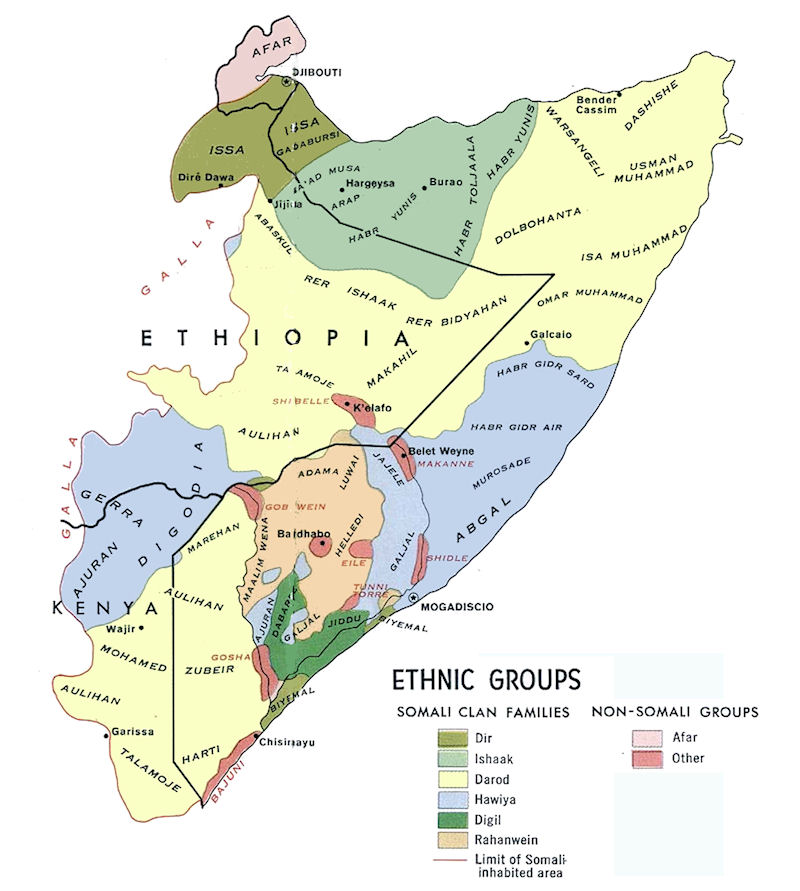Factz does not read his sources he just copy pastes.
You're a self hating cuck for allowing this old fool to lie about the Somali history. I brought factual evidence to prove my points while this racist historical revisionist discredits every Somali history and constantly lies about Somali history with his erroneous blogs. Do not defend such a devil.
Also, I never contradicted on what I posted. The map I have shown says these ancient Somali city-states ports export gold and spices. Check the map again.
Last edited:





